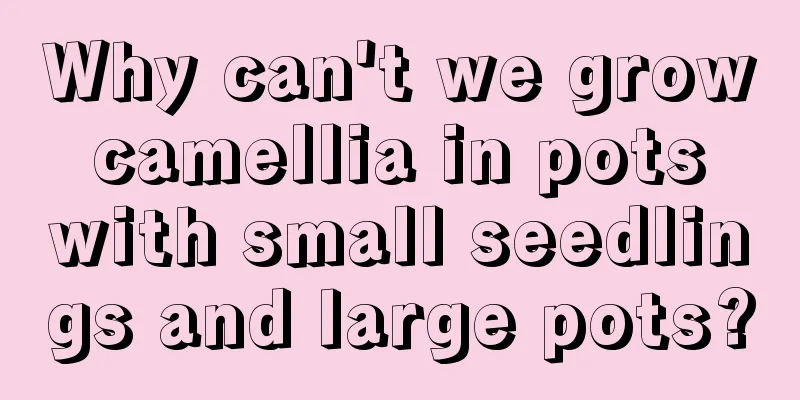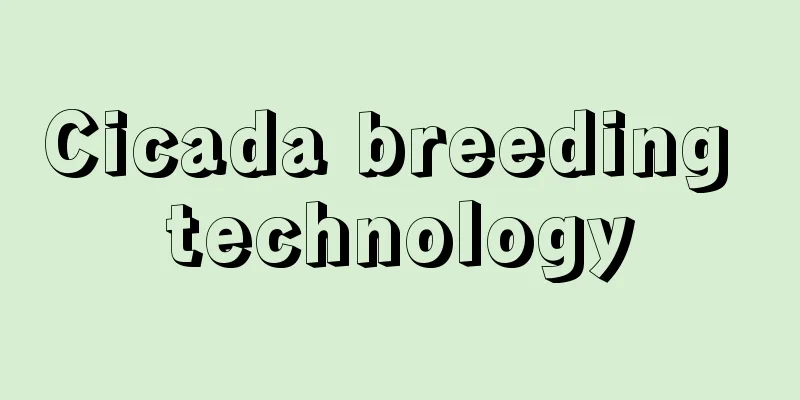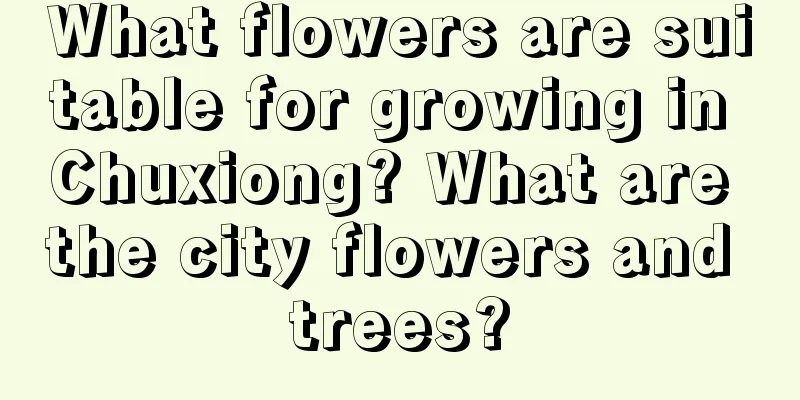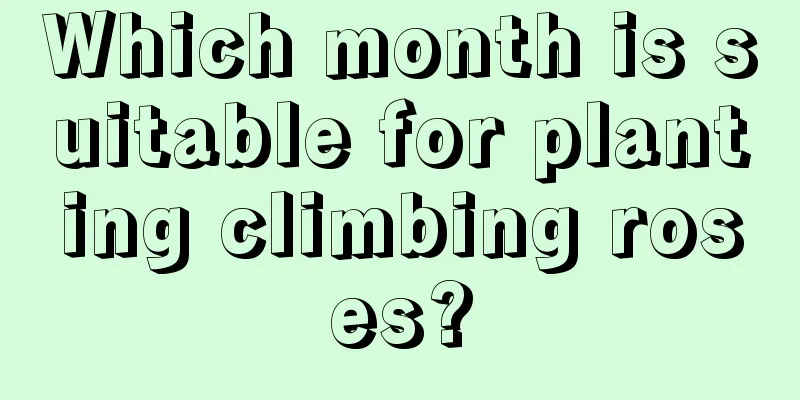Why can't we grow camellia in pots with small seedlings and large pots?

Hazard 1: Poor pot edge properties.When you change or repot in spring and autumn, you will definitely see that the outermost layer of soil is covered with roots where it contacts the pot wall. This phenomenon is what we usually call "pot edge characteristics". Whether the plant is healthy or not depends on the normal development of the existing roots, and whether the roots develop normally depends on the ventilation conditions of the medium in which the roots are located. Planting the seedlings in a pot of suitable size will provide the roots with conditions for internal and external air exchange and room for the roots to expand, so the plants will grow normally. On the contrary, if the characteristics of the pot edge are poor, the plant growth will be abnormal. Hazard 2: Normal breathing of the roots is obstructed.A large pot with a small seedling, and a non-definite proportion between the plant and the soil, will inevitably result in the roots of the seedling being buried in the soil due to excess soil. If the soil is not properly prepared and poorly supplied, the roots will be suffocated to death. Camellia is not a deep-rooted plant. The fibrous roots responsible for absorbing nutrients are generally concentrated in the topsoil, around the pot walls and at the bottom of the pot. When potting, the roots are usually placed in the center of the pot. Before long, they will stretch toward the wall of the pot, expressing their desire for fresh air. Why change the pot? This is because after one or two years, most of the roots will touch the pot and the growth advantage will slow down. At this time, it is necessary to change the pot and trim the roots, remove some of the old soil, and add an equal amount of new soil to allow it to regain vitality. Normal fibrous roots with absorption function are white. If you see yellow when you remove the soil, it means that the root system has suffered some damage. At this time, it can be recovered if rescued in time. So, it is not the case that the larger the pot and the more soil there is, the better the plant will grow. The right one is the most important. |
<<: How to plant and repot camellia
>>: Cutting method of wine bottle orchid
Recommend
Do gardenias like water?
1. Do you like it? It likes a humid environment a...
How to water Calla Lily and how often to water it
1. Watering frequency 1. Spring watering: The lea...
Which month is best for sowing gourds?
China has a long history of growing gourds . Gour...
Can Hawaiian bamboo bloom? How to grow it to make it bloom?
1. Can it bloom? Hawaiian bamboo can bloom if pro...
How to make a bonsai of peach
How to make a bonsai of peach The trunk of the pe...
How to grow cactus quickly
Cactus growing conditions Cactus is drought-resis...
How to breed Emperor Jade and what to pay attention to
How to breed Emperor Jade There are generally thr...
How to plant and germinate pepper seeds
1. Choose the seed First choose the right pepper ...
What should I do if the succulent Tangyin grows too tall?
What does the succulent Tangyin look like? When c...
How to grow blue sage
1. Selection of potting soil It has strong adapta...
How to grow a fortune tree faster
1. Soil environment If you want it to grow faster...
Is Kalanchoe suitable for deep or shallow pots?
Is Kalanchoe suitable for deep or shallow pots? K...
How to repot a money tree
1. When do you need to change the pot? Repotting ...
How to propagate Sansevieria by cuttings?
Tiger Piranha is favored by people for its tenaci...
What flowers and plants are suitable for planting in summer? Four common summer planting flowers
What flowers are suitable for planting in summer ...









